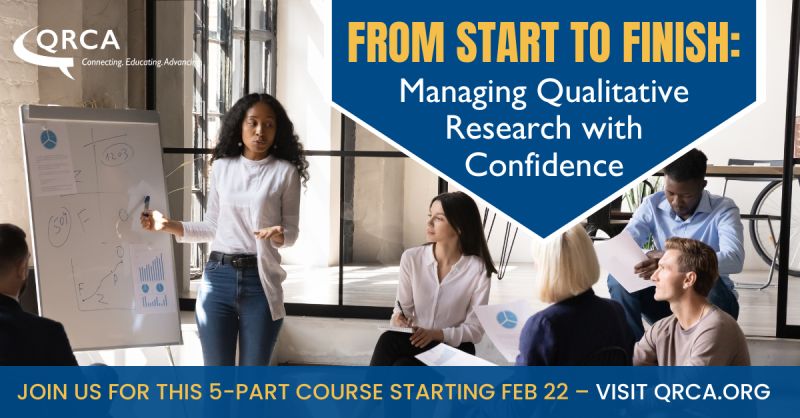While people are wondering what potential AI holds for the future, many of us are seeing benefits right now, especially when it comes to our work lives. That’s certainly the case in the market research field. AI has enabled us to streamline the process of finding research participants, it can help with discussion guides and moderation, and it has significantly improved report-writing capabilities.

But before we get to conducting the research, AI can help make sure we are asking the right questions of the right people. Think of AI as an opportunity to discuss your client’s research question with an expert in that specific field… actually, not one expert, but an aggregation of experts!
For example, a client recently came to us looking to understand the potential appeal of a new product in the jewelry category. They wanted to know if people would be interested in the product, which customer segments would be most interested, how they go about shopping, and how they would most likely find out about the product.
We needed some background about the category in order to decide whom to recruit and what to ask them. So I turned to AI and asked the following:
- Act as an expert on the U.S. jewelry business. Provide an in-depth analysis of the industry, focusing on the mid-range pricing tier. Your analysis should cover the following aspects:
- Provide a detailed description of how the jewelry category operates in the U.S., including key characteristics and market structure.
- Focus specifically on the mid-range pricing tier. Discuss the types of jewelry typically found in this range and the defining features that differentiate this tier from budget and luxury categories.
- Analyze the different segments of customers within the mid-range tier. Pay special attention to purchasing behavior, particularly the distinctions between customers buying for themselves and those buying as gifts.
- Identify and explain the current trends impacting the mid-range jewelry market. Include insights on consumer preferences, popular styles, and emerging materials or technologies.
- Explore the various business models within the mid-range jewelry market. Discuss the roles of brick-and-mortar stores, online retailers, and hybrid approaches.
- Provide examples of key players in the mid-range jewelry market. Highlight a few prominent brands or retailers, and discuss their market strategies and positioning.
I received a great, detailed analysis. I then followed up with questions regarding the specific product idea, as well as the typical steps in the customer journey. The input helped us design the research to make sure we were spending our client’s research dollars in the most effective way possible.
How did I learn to write that kind of prompt? A lot has been said about prompt writing (for example, this information from OpenAI), but I also want to credit my friend and colleague Robin Algaze who spearheads an AI Community of Practice at Ignite 360 that leverages generative AI to enhance team productivity and elevate output. She provided the following template for AI prompts, which is a great starting point:
- Act as a [specific role with expertise in the subject].
- I need a [precise description of the deliverable].
- You will [clearly defined task with a singular goal].
- In the process, you should [step-by-step details or important considerations].
- Please avoid [clear exclusions, sensitive topics, or undesired approaches].
- Present the final result in [appropriate format for the content].
- Here is an example [relevant and clear example to illustrate the request].
I encourage everyone to experiment with AI prompts. The more you do it, the more you’ll find ways in which AI can benefit you!
How can we help you conduct more effective research? Email me at info bureauwest.com and let’s discuss!
Sources: “Prompt Engineering,” OpenAI; Robin Algaze, Ignite 360


